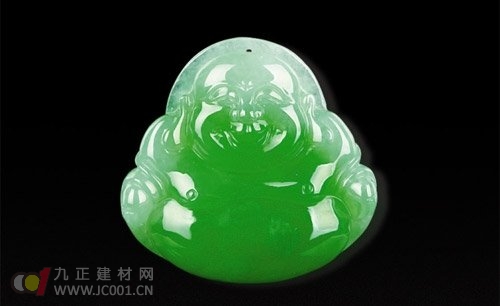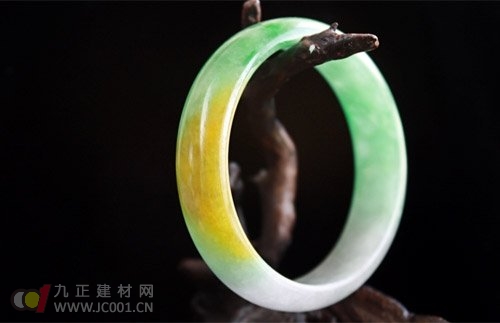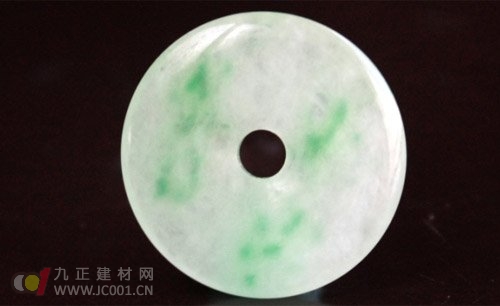Understanding how to identify jadeite starts with knowing the difference between A, B, and C grade jade. A few years ago, it was common for sellers to mislead customers by saying, "A-grade is top-quality jade, B-grade is second, and C-grade is third." Even today, you might still hear this kind of misinformation. In reality, A, B, and C grades represent completely different categories of jade. A-grade jade refers to natural jade that has not undergone any artificial treatment. It retains its original color and texture, and is what most people consider genuine or "real" jade. This type of jade is highly valued for its authenticity and quality. A-grade Jade Buddha B-grade jade, on the other hand, is jade that has been treated with strong acid to remove impurities. After the impurities are removed, the jade is filled with resin or silicone to improve its appearance. This process is known as "bleaching and filling." B-grade jade is often referred to as "shine jade" because of its bright, transparent look. However, the internal structure of the jade is damaged during this process, making it less durable and lacking the natural toughness of A-grade jade. The surface may appear smooth, but under closer inspection, you can see tiny pits and a waxy luster. Over time, the resin used in the filling can degrade, causing the jade to lose its appearance. Many people mistakenly buy B-grade jade thinking it's high-quality, but it lacks the durability and value of real jade. B+C Bracelet C-grade jade is artificially colored. It involves dyeing jade that originally has no color, often using heat to open up the pores so that the color can be absorbed into the stone. This results in an unnatural color distribution, usually along the cracks, giving it a very artificial look. The color tends to sit on the surface rather than being part of the jade’s natural structure, and it often looks dull or lifeless compared to real jade. B-grade Safety Buckle For professional appraisers, identifying B and C-grade jade is relatively straightforward. But for the average person, it's more challenging. There is no magical trick or quick method to tell the difference without experience. Some people claim that checking the hair on the jade can help, but this is not scientifically accurate and can lead to mistakes. It's important to be cautious and avoid relying on unverified methods. Experts often use simple techniques to spot fake jade. For example, when examining C-grade jade, look at how the color is distributed. If it follows the cracks or appears too uniform, it may be dyed. The color might also look flat or lack depth. For B-grade jade, check the surface closely under light—look for pits, scratches, or a waxy shine. Another test is to gently tap the jade with another piece of jade or a coin. A-grade jade will produce a clear, crisp sound, while B-grade jade sounds dull and muffled. Ultimately, understanding the differences between A, B, and C-grade jade requires knowledge and careful observation. Whether you're buying jade for investment, collection, or personal use, being informed can help you make better choices and avoid costly mistakes. Replacement Uv Lamp,Germicidal Uv Lamp,Ultraviolet Uv Light,Uv Lamp R-Can Guangdong Kingrate Optoelectronic Technology Co., Ltd. , https://www.kingrateuv.com

